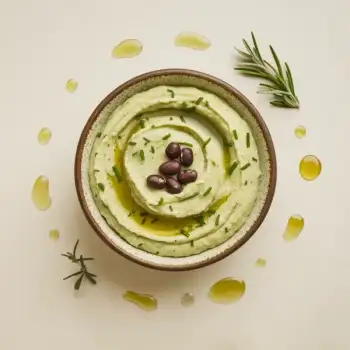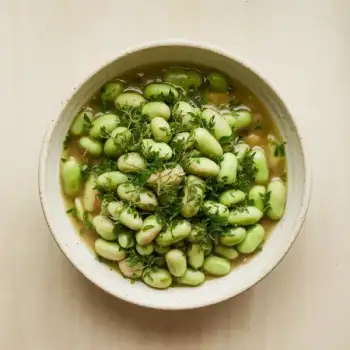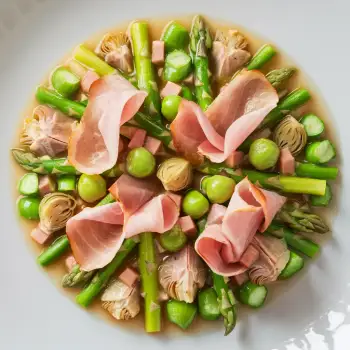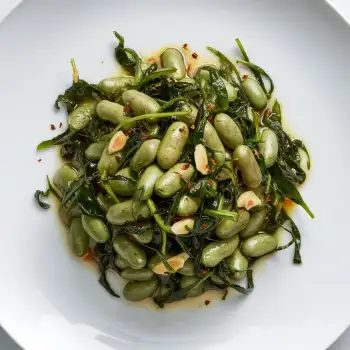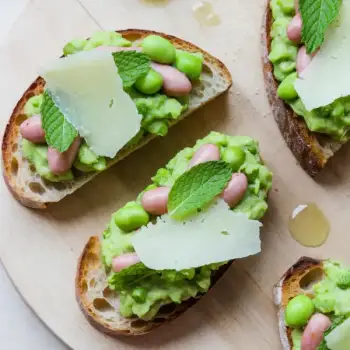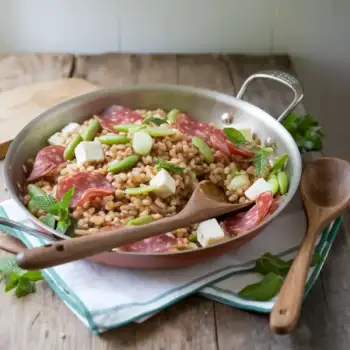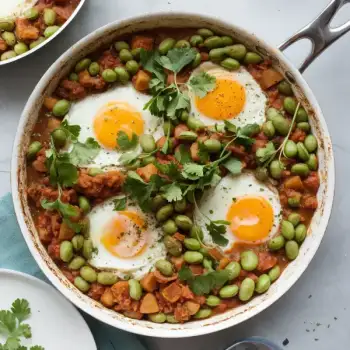


Dried
Fava beans that have been dried, perfect for long-term storage and use in soups, stews, and other dishes.
Canned
Fava beans preserved in a can, offering convenience and a longer shelf life.
Frozen
Fava beans that have been blanched and frozen, providing a quick and easy addition to meals.
Pureed
Fava beans blended into a smooth paste, used in dips, spreads, and other recipes.
Fresh Fava Beans
Whole, unprocessed fava beans, ideal for cooking in a variety of dishes.




dried fava beans: Bob's Red Mill
fresh fava beans: Local farmers markets or organic grocery stores
canned fava beans: Goya
frozen fava beans: Birds Eye

Boiling: Boiling is a common method for cooking fava beans. After shelling and peeling, the beans can be boiled in salted water for 2-3 minutes until tender. They can then be used in salads, pastas, or as a side dish.
Pureeing: Fava beans can be pureed to make a creamy spread or dip. Boil the beans until they are very tender, then blend with olive oil, lemon juice, garlic, and herbs until smooth.
Sautéing: Sautéed fava beans are a delicious treat. After boiling and peeling, sauté the beans in olive oil with garlic and herbs for a few minutes until they are coated in the oil and heated through.





